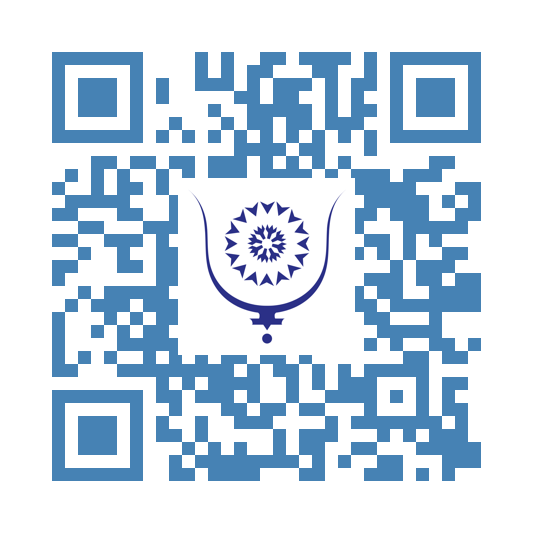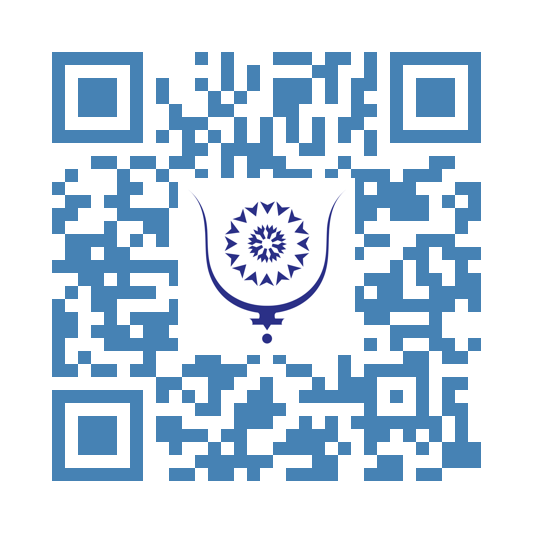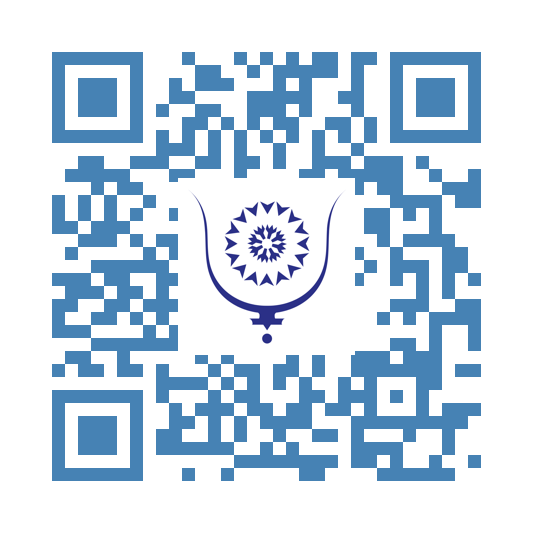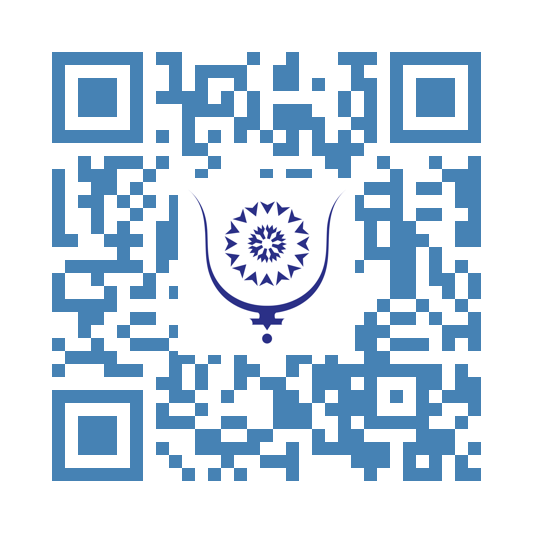Algeria Faces Strategic Imperative to Disarm Polisario Amid Geopolitical Shifts
247
*The disarmament of the Polisario now appears as the *ultimate option* Algeria might face in light of recent geopolitical and diplomatic developments. Several factors converge toward this perspective, which is no longer merely hypothetical but a strategic and political necessity.
For several years, the international community, notably driven by the United States, has clearly positioned Morocco’s autonomy proposal as the only credible basis for resolving the so-called Western Sahara conflict. This shift has fundamentally changed the dynamics, marginalizing the Polisario and weakening its traditional support, especially from Algeria. Algeria, which has long provided military and political backing to the Polisario, now finds itself in a delicate position, under international pressure and confronted with realities on the ground.
The movement of Polisario militias out of Algerian territory perfectly reflects Algeria’s impotence, even debacle, as separatists openly use it as a logistical rear base. Separatist incursions into the buffer zone—part of Moroccan territory, a restricted area under tight Moroccan military surveillance—significantly weaken the Polisario, which emerges defeated each time.
**In an already tense regional context, the recent terrorist attack in Mali illustrates the worsening security threats. Several Malian cities have been seized by a genuine terrorist army, an unprecedented coalition of all extremist factions in the region, including about 300 fighters armed and coming from the Polisario. This alliance complicates the security landscape in West and North Africa, blurring lines between armed groups and political movements, increasing pressure on neighboring states, particularly Algeria with its porous borders. For the first time, terrorists approached the Senegalese border, a significant development. Are we on the verge of the birth of another Islamic state?**
In the United States, bipartisan calls to designate the Polisario as a terrorist organization implicitly target Algeria, which could be labeled a “state sponsor of terrorism.”
Facing these pressures, the Algerian military junta has few options. The most likely is a calibrated backtrack: accepting Morocco’s autonomy proposal as a negotiation basis. Reluctantly, it is forced to reduce its military support for the Polisario, which will also lose backing from Iran and its proxies.
In this context, disarming the Polisario is not only a military option but a political and security imperative. Maintaining armed militias, fed illusions and weapons for decades, has become a burden for Algeria, which must now consider their dissolution, halt their funding, and isolate the most belligerent elements.
This implicit approach aligns with the political settlement logic based on Morocco’s autonomy proposal. It would pave the way for the return of Sahrawis held in camps to their Moroccan homeland. The political end of the Polisario renders its armed existence obsolete.
Disarmament thus appears as Algeria’s last card to exit the Western Sahara conflict deadlock without losing face or risking international sanctions. This choice, imposed by circumstances, could mark the end of an armed confrontation era and open the path to a painful but peaceful resolution for separatists and Algerian military leaders, who would suffer yet another defeat against Morocco.
On the other hand, Algeria must finally allow a precise census of the Tindouf camp inhabitants and clearly determine their origins. It is known that Sahrawis from Moroccan Sahara are a minority, about one-third of the population. This census, repeatedly requested by the United Nations and the UNHCR, is essential to ensure transparency and the future of all. Morocco would likely not allow non-Moroccans to settle on its territory.
Algeria’s persistent refusal to permit this census raises serious questions about its motives, given contradictions over the real number and origins of the camp populations, who are not only displaced from Western Sahara but also include Sahrawis from Algeria, Mauritania, and elsewhere. This opacity contributes to militarization and a situation contrary to the 1951 Refugee Convention principles, as populations are effectively detained and armed, incompatible with refugee status.
Moreover, a refugee cannot be armed. Disarming the Polisario is thus a major strategic and political necessity for Algeria, facing increased international, especially American, pressure demanding not only militia disarmament but also dismantling of the Tindouf camps. Maintaining armed militias in these camps is a real burden for Algiers and an obstacle to peaceful regional relations.
Population census is therefore an essential step to clearly distinguish civilian refugees from armed fighters, a prerequisite for disarmament and militia dissolution. Without this clarification, the international community cannot control the situation, prevent fraud, or guarantee regional security.
In sum, Algeria must stop evading its responsibilities by finally allowing an internationally supervised census, which would open the way to more transparent and humane conflict management while facilitating Polisario disarmament, indispensable for a lasting political solution based on Morocco’s autonomy proposal. This difficult but unavoidable choice is crucial to avoid diplomatic isolation, sanctions risk, and regional security deterioration.
However, this option remains delicate and fraught with consequences for Algiers, which must first convince its population of the paradigm shift and find solutions for separatists whose hands are stained with blood.
Disarming the Polisario, far from a mere military operation, will be a major turning point in regional dynamics and a decisive test for Algerian diplomacy. This will require great courage and perhaps new leadership.*
Share:
Algeria Faces Strategic Imperative to Disarm Polisario Amid Geopolitical Shifts
copy:
https://bluwr.com/p/251885995
The Electron Rebellion of Jan Val Ellam
424
Jan Val Ellam, a Brazilian author and spiritual thinker, proposes a unique cosmological vision that integrates scientific imagery with metaphysical philosophy. Central to his view is the notion of "A Rebelião dos Elétrons" (The Rebellion of the Electrons), in which electrons symbolize the primordial agents of a cosmic rupture. Far from being inert subatomic particles, these electrons are imbued with a form of micro-consciousness, representing fragments of the spirit that once participated in the original harmony of the universe.
According to Ellam, this rebellion of the electrons mirrors the ancient Gnostic narrative of the fall—a departure from divine unity that resulted in the creation of the material world. Much like the Gnostic myth of Sophia’s descent or the formation of the Demiurge, Ellam’s metaphor describes a universe where the material plane emerges as the consequence of this separation. The electrons, in this framework, are similar to spiritual exiles, each carrying within itself the memory of the lost unity and the desire for reintegration with the Source.
Ellam’s cosmology also connects with Kabbalistic principles, particularly the concept of Tzimtzum, or the self-contraction of the divine, which allows for the existence of the cosmos and the experience of exile. In this context, the rebellion of the electrons reflects not only the dispersion of divine light (or spiritual energy) but also the ongoing drama of creation, fragmentation, and the potential for spiritual return.
Futhermore, Ellam introduces the idea that these electrons serve as the custodians of universal memory. In his works, including the "Mentalma", he suggests that matter itself—down to its most fundamental components—functions as a repository for the memories of cosmic history. The electrons, as bearers of this memory, encapsulate the entire evolutionary journey from the fall to the present moment. Thus, the very fabric of the material world becomes a kind of living archive, retaining the psychic imprints of the universe’s spiritual trajectory. This strongly resonates with the concept of the Akashic Records found in Hindu, Theosophical, and esoteric traditions.
Through this synthesis of science and mysticism, Ellam presents a vision in which spiritual awakening involves not only a metaphysical ascent but also a reconciliation with the memory embedded in matter. By understanding and harmonizing with these “rebellious” electrons, human beings participate in the restoration of cosmic order, recovering the lost unity that lies at the heart of existence.
Share:
The Electron Rebellion of Jan Val Ellam
copy:
https://bluwr.com/p/250279385
Morocco’s Heatwave Exposes Critical Failures in Train Air Conditioning Systems
650
Morocco has just experienced an exceptional heatwave, like many other countries in the region, including those further north. While temperatures exceeded 45°C in several areas, train passengers expressed strong anger over the air conditioning failures on many trains operated by the National Office of Railways (ONCF), especially on conventional lines connecting the main cities of the Kingdom.
On social media, increasing testimonies of frustration described train cars as true “walking ovens.” For many, some journeys, particularly the heavily trafficked line between Casablanca and Rabat, have become nearly unbearable. Numerous travelers are outraged, going as far as to call this situation a clear sign of disrespect toward passengers.
This failure mainly affects classic trains, often over twenty years old, whose air conditioning systems are outdated and frequently out of order. In contrast, the high-speed Al Boraq line, which connects Casablanca to Tangier, is better equipped to handle these extreme conditions, offering a striking contrast between modernity and obsolescence.
The National Meteorological Directorate recorded historic peaks: 47.3°C in Marrakech, 46°C in Fès, and 45.5°C in Kénitra. Under these conditions, inside a non-air-conditioned carriage, temperatures far exceed the tolerable threshold, endangering not only passengers’ comfort but also their health, especially the most vulnerable such as the elderly and children.
In this context, it is often the controllers, powerless, who bear the brunt of passengers’ anger and verbal outbursts.
It is important to recall that international railway transport standards require functional air conditioning systems, especially during heatwaves. In several countries, prolonged absence of air conditioning can even lead to financial compensation for travelers. Unfortunately, this is not yet the case in Morocco, where no regulations provide for compensation, which is absurd: citizens do not receive a service commensurate with their expense, while the law should protect them, especially in a monopoly situation. And this is indeed the case.
Facing a flood of criticism, the ONCF acknowledges the technical difficulties related to old train sets and announces maintenance operations. However, these explanations fail to convince users, who denounce a lack of structural investment in renewing the railway fleet, despite regular fare increases.
The question also arises whether the problem lies solely in the obsolescence of equipment, or if it also stems from a lack of maintenance team skills, or even negligence. Elsewhere, sometimes older trains still provide good ventilation and air conditioning service.
In 2025, traveling without air conditioning in a country where heatwaves have become the norm is no longer acceptable. An emergency plan must be implemented, especially as summer has just begun, with holidays and major travel ahead.
The ONCF regularly communicates about its future acquisitions of modern trains, but will any be in service this summer? In any case, the current rolling stock must be better maintained to improve passenger comfort. It is a basic right.
Beyond the obvious discomfort, this situation raises a deeper issue related to respect for passengers and the quality of public service. In a context where the government encourages the use of public transport to reduce the carbon footprint, trains should be a reliable and attractive alternative.
However, recurring failures tarnish the ONCF’s credibility, widening the gap between the Al Boraq line, Morocco’s technological showcase, and the conventional lines, perceived as outdated and uncomfortable despite visible efforts in seat comfort and station organization, especially at newer stations.
Faced with this crisis, it is imperative that the ONCF revise its strategy. While significant investments have been made in high-speed rail, it is urgent to give equal attention to conventional lines that serve thousands of Moroccans daily.
During heatwaves, the absence of air conditioning on trains is not a mere oversight but a crucial public health and dignity issue for travelers. A clear action plan, including a precise schedule for renovating train sets, better maintenance of existing systems, and a revision of passenger rights in case of failure, must be adopted without delay and made public.
Everyone knows that the ONCF aims to transform its services by 2030, but until then, millions of Moroccans will take the train and deserve dignity and respect.
Share:
Morocco’s Heatwave Exposes Critical Failures in Train Air Conditioning Systems
copy:
https://bluwr.com/p/248380691





